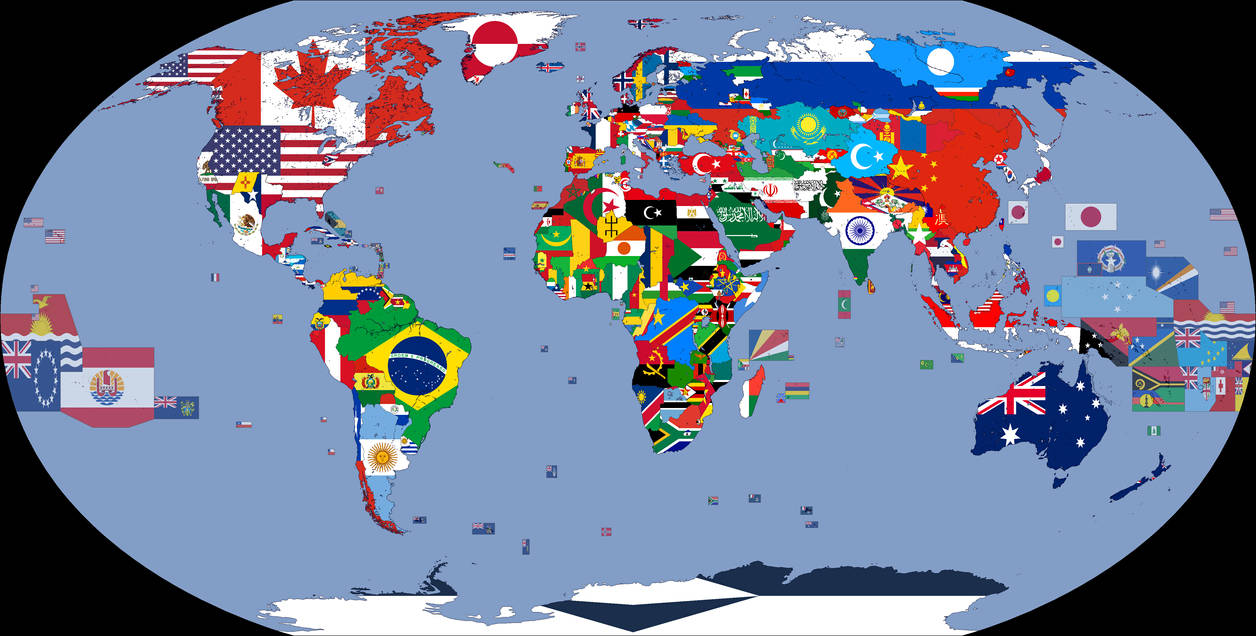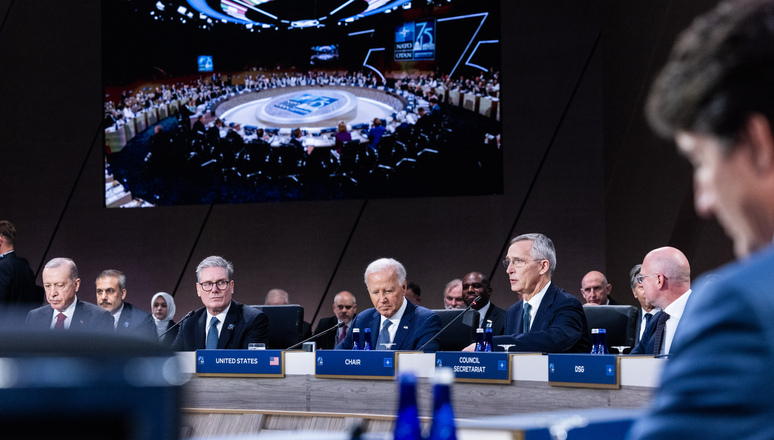Table of Contents
- NATO. Challenges and Opportunities to the Test of Russia’s War in Ukraine
- Democracy dodges a bullet, Why Project 2025 matters, The future of NATO ...
- Allies Approve NATO's 2025-2029 Funding Plan | Mirage News
- 2025 Nato Map - Aurie Shaylyn
- Premium Photo | 3D Map of Belarus 2025 Modern Design with Earth Environment
- DISCUSS: Best European Skyline By 2025 | Page 98 | SkyscraperCity Forum
- Map Of Ussr In 2025 - Dell Georgeanne
- Nato Map 2024 Vision - Roda Virgie
- NATO 2025 gayri resmi Dışişleri Toplantısı Türkiye’de yapılacak - Son ...
- Map Of The World 2025 - Willa Ulrica


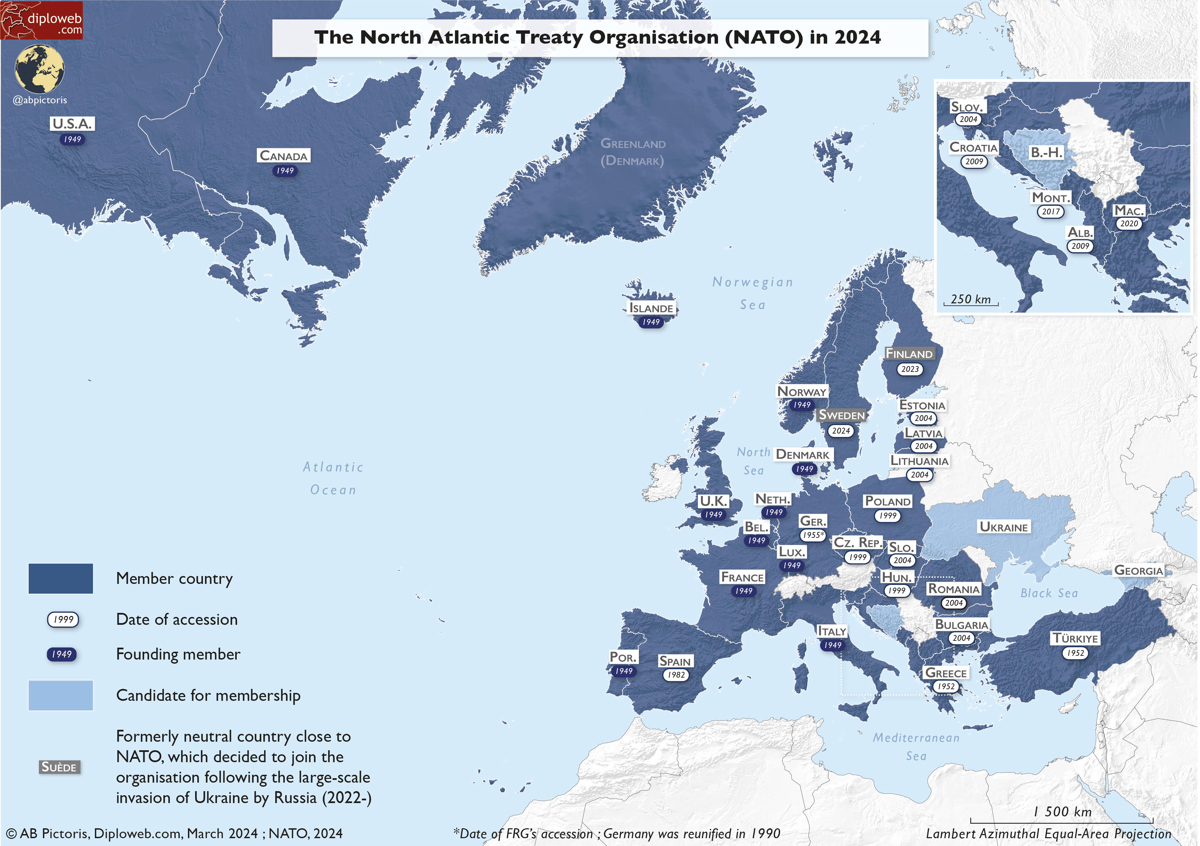
Uncertainty and Divisions

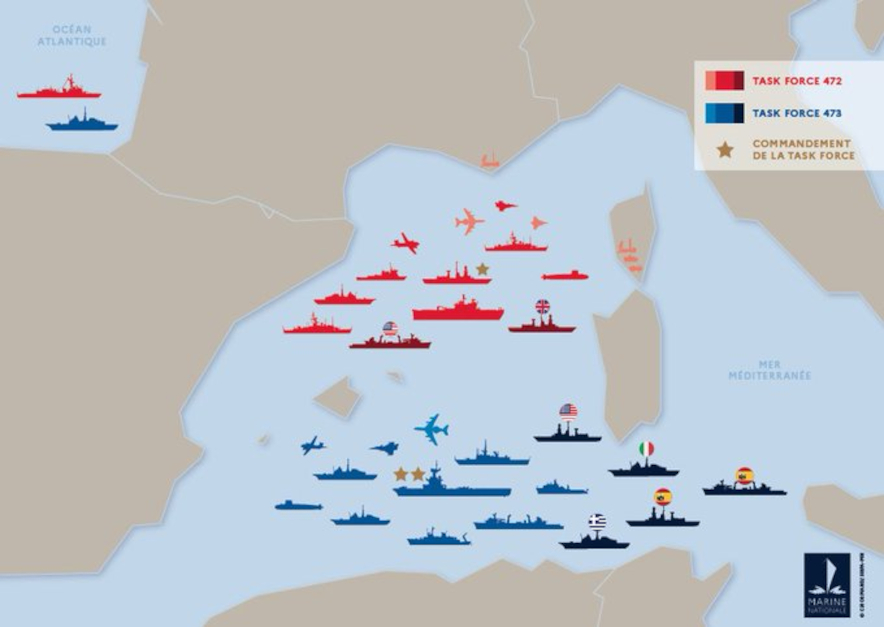
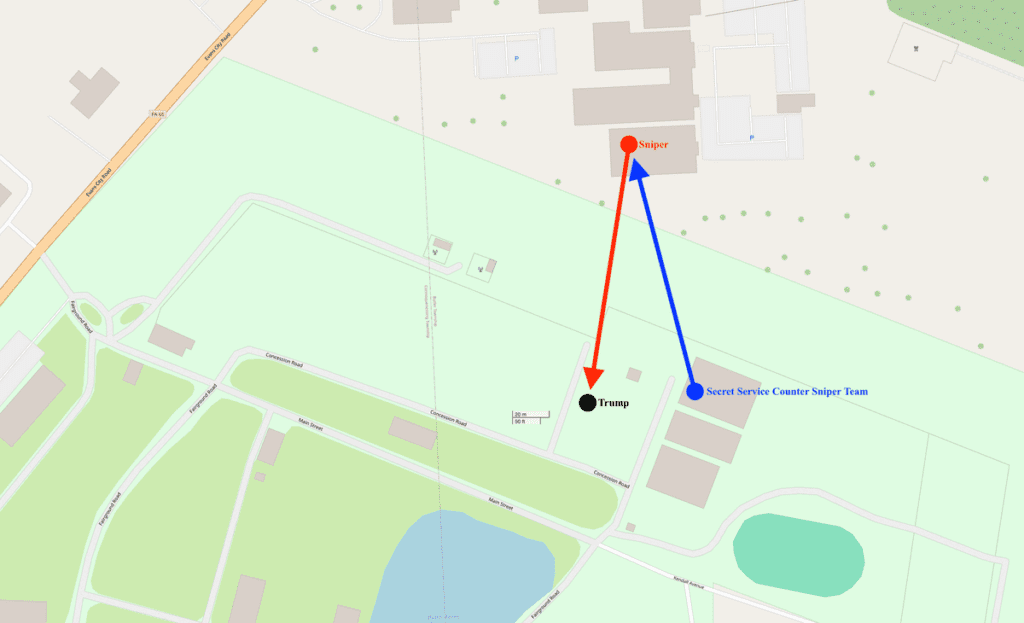
Strategic Shifts

